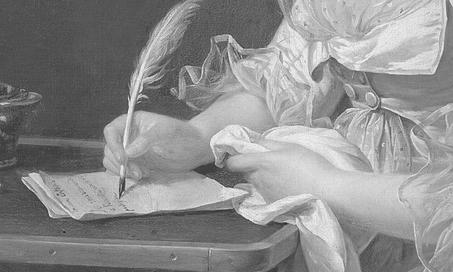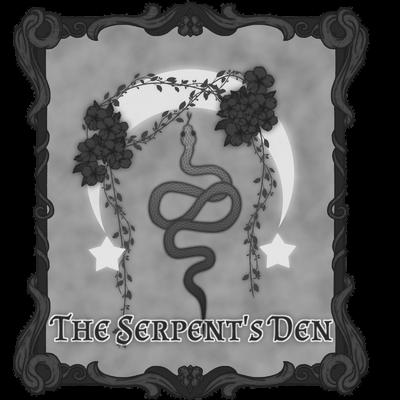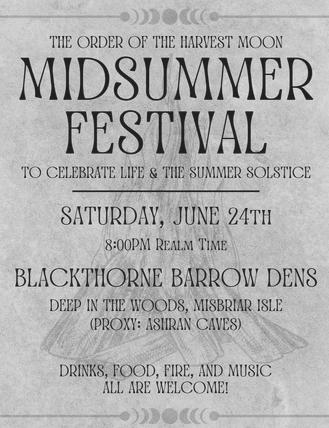
2 minute read
LIFESTYLE
primary one and all others are referred to as subsidiary titles The first born children of nobles can adopt one of their parent’s subsidiary titles as a courtesy title until they inherit them all in their own right.

Advertisement
Among members of the same title rank, such as countesses, for example, there still exists a rather outdated system of precedence The older the title is, the more senior its bearer is among those of the same rank. For example, the title Duke of Everywhere is centuries old, while the title of Duke Overthere is only a hundred years old In this case, Duke of Everywhere is held higher in precedence than Duke of Overthere, while Duke of Overthere is still at a greater precedence than Baron Nearby
When corresponding with a Duke or Duchess, the envelope should be addressed to The Most Noble or His/Her Grace the Duke/Duchess of Everywhere The letter should begin with My Lord/Lady Duke/Duchess or Dear Duke/Duchess of Everywhere If you are addressing them in person, you would use “Your Grace” or “Duchess”.
Written Example: Her Grace the Duchess of Everywhere, and Dear Duchess of Everywhere Spoken example: “Good evening, Your Grace ”
When writing to a marquis/marquise, marquess/marchioness, or Margrave/Margravine, the envelope should be addressed to ‘The Most Hon Marquis/Marquise (of) Overthere’ Note that it is optional for the ‘of’ to be included when addressing nobles below the rank of duke/duchess When addressing them verbally, you would say “My Lord/Lady”, “Your Lord/Ladyship”, or “Lord/Lady Overthere”.
Written example: The Most Hon the Marquise Overthere, followed by My Lady Marquise or Dear Lady Overthere

Spoken example: “Good evening, Lady Abhainn ” “Good evening, Your Lordship ”
The written address for earls, counts, viscounts, and barons are essentially the same. They are addressed on the envelope as The Right Hon Earl/Viscount/Baroness (of) Nearby The letter itself will address ‘My Lord/Lady’ or ‘Dear Lord/Lady Nearby’ When addressing a bearer of one of these titles in person, you would use “My Lord/Lady” or “Lord/Lady Nearby”.
Written example: The Right Hon the Viscount of Nearby, followed by My Lord Viscount or Dear Lord Nearby Spoken example: “Good evening, My Lady” or “Light bless you, Lady Nearby.”
Knights and baronets/baronetesses are given the prefix ‘Sir’ or ‘Dame’, and are addressed using the title plus their first or full name, but never their surname alone The wife of a knight or baronet/baronetess is addressed as ‘Lady’.
Example: Sir Reginald de Clare, Sir Reginald, Dame Soraya Moraine, Dame Soraya, not Sir de Clare or Dame Moraine.
For those who are worried about earning the ire of a noble by using the wrong form of address, do not fret The current Stormwind nobility are a more progressive group than previous generations, more likely to be dismissive of formality than angry about a breach of etiquette. When interacting with one of the more formal types, you cannot go wrong by just being respectful and using “My lord/lady






